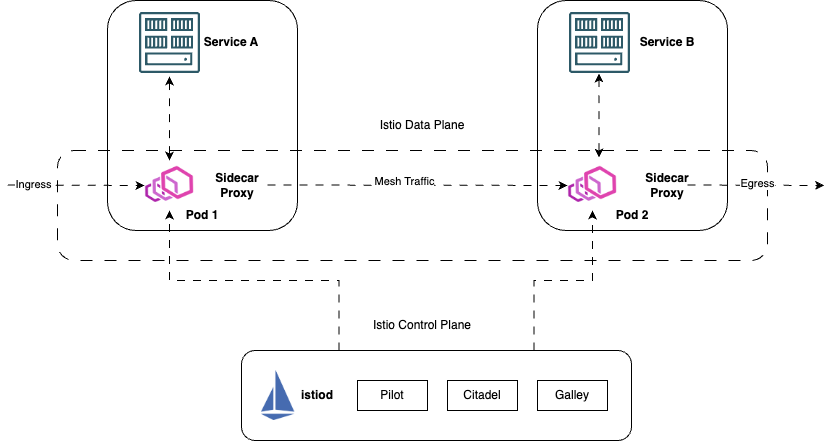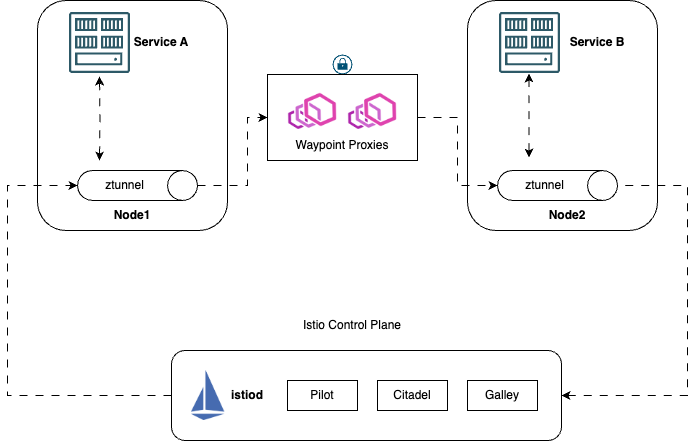For years, Kubernetes users seeking advanced application networking capabilities have turned to Istio’s service mesh, leaning on its sidecar-based architecture for deep observability, security, and traffic management. It was powerful, but power often comes at a cost—both in complexity and resource consumption. Enter Istio Ambient Mode, a shift in how service meshes can operate, offering the same Layer 4/Layer 7 (L4/L7) traffic routing benefits but with a leaner, more efficient approach.
The Burden of Sidecars
Sidecars have long been the backbone of Istio’s service mesh. By injecting an Envoy proxy into each pod, they gave services a transparent way to handle security policies, routing, and observability. However, Kubernetes users learned the hard way that while sidecars provided value, they also came with a tax—additional CPU and memory consumption per pod. Multiply that across thousands of pods, and suddenly, efficiency became a growing concern.
Beyond just resources, sidecars complicated lifecycle management. Every proxy update meant restarting each pod, and debugging network issues required navigating through a web of individual proxies. Kubernetes operators were left balancing Istio’s benefits with its operational overhead.

A Breath of Fresh Air: Enter Ambient Mode
Ambient Mode is Istio’s response to the limitations of sidecars. Instead of embedding proxies within every pod, Istio lifts networking responsibilities to a shared infrastructure layer. This means that services no longer need a sidecar to enjoy traffic encryption, observability, or routing rules—freeing them from the weight of additional CPU and memory usage.
At its core, Ambient Mode divides Istio’s networking into two lightweight layers:
- Ztunnel (L4) – This enables encrypted service-to-service communication, even before higher-level routing kicks in.
- Waypoint Proxies (L7) – Instead of per-pod sidecars, traffic needing advanced L7 policies is processed by a shared proxy, reducing duplication.
The result? A lighter service mesh that still delivers core Istio capabilities but without the pod-level baggage.


Efficiency Without Sacrifice
By eliminating the need for sidecars in every pod, Istio Ambient Mode dramatically reduces Kubernetes’ overall resource footprint. CPU and memory previously spent on redundant proxies can now be reallocated to application workloads. Scaling services becomes simpler, and updating networking policies no longer requires mass pod restarts.
But perhaps most importantly, the benefits remain. Services still gain traffic encryption, fine-grained routing, and observability—only now, they do so without being tethered to a sidecar. Kubernetes operators gain the flexibility to choose when and where L7 processing is necessary, rather than paying the performance cost across the entire cluster.
A New Era for Service Meshes
Istio Ambient Mode isn’t just a technical enhancement—it’s a paradigm shift. It recognizes that service mesh adoption should not come at the cost of efficiency or simplicity. As Kubernetes environments grow in scale and complexity, Ambient Mode presents a path forward where networking remains powerful, yet frictionless.
For teams once burdened by the sidecar tax, this new approach feels less like a mere optimization and more like a breath of fresh air—one that might just redefine the future of service meshes.
For more information, see the following resources:

